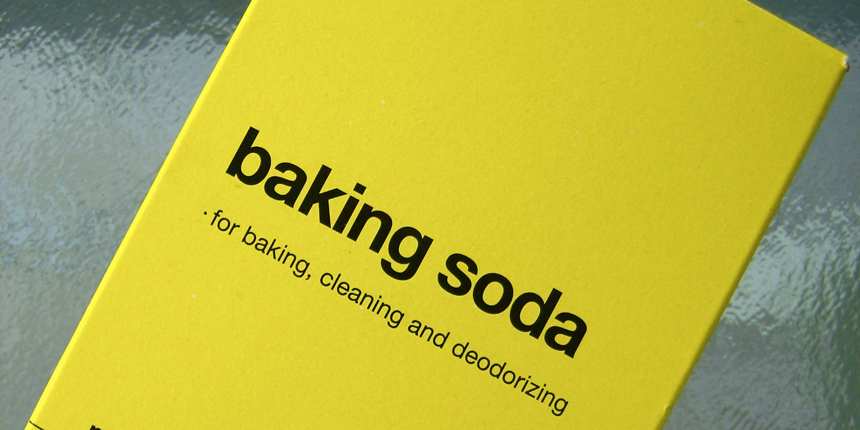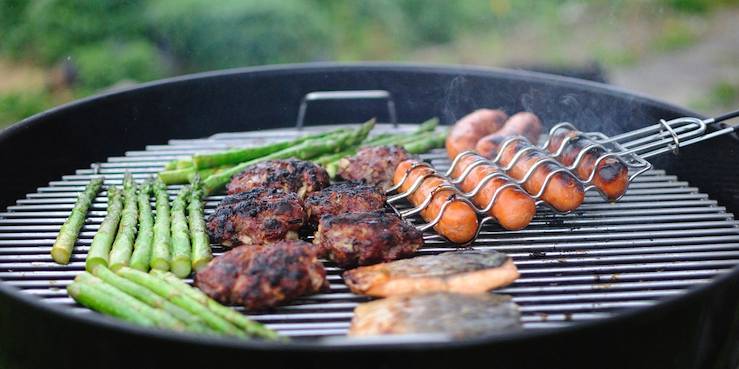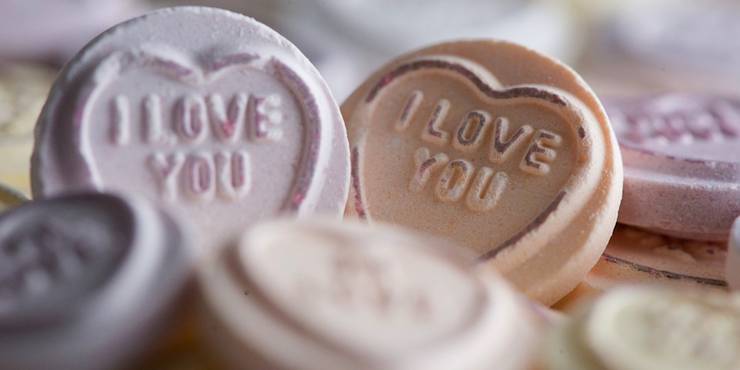Beautifully Simple Homemade Cleaning Products

As we continue with our ‘Living well for Less this Spring’ series of articles, what better way than to look at homemade cleaning products. By using some household products that most of us have in the cupboard, it’s easy to cut out the cost of expensive cleaning products.
You’ll have a beautiful home and can spend the money you save on something slightly more exciting!
All of these are tried and tested, but it’s always worth testing on an inconspicuous area first in case you encounter any problems.
Homemade Glass Cleaner
Ditch the Windolene at £2 a bottle and those expensive glass-wipes and get out the white vinegar, together with some old newspapers.
Step 1: Mix equal parts vinegar and water in an old spray bottle (make sure it’s thoroughly washed), giving the mixture a gentle shake. For more stubborn stains use less water in the mixture and for a milder solution, use more water.
Step 2: Spray directly on to the glass surface, whether it’s your windows, mirrors or glass furniture.
Step 3: Rub the entire surface with a piece of newspaper, applying firmer pressures to any areas that are particularly dirty.
Step 4: Use a second piece of newspaper (or paper towel) and go over the surface again to ensure it’s completely dry.
Repeat the last three steps if there’s still a small amount of residue, until your glass is sparkling right back at you.
Homemade Stainless Steel Cleaner
Unless you have the fingerprint resistant stainless steel in your kitchen, you’re likely to be in the same position as millions of others who are constantly trying to clean those finger marks.
Rather than using an expensive stainless steel cleaner, it’s easy to make your own and it’s one of my favourite homemade cleaning products as it works every time.
Step 1: Place a few teaspoons of bicarbonate of soda (baking soda) in a bowl.
Step 2: Dampen a piece of kitchen towel with luke warm water and dip into the bicarbonate of soda so it’s nicely covered.
Step 3: Scrub the stainless steel with the kitchen towel in a circular motion, applying extra pressure over the prominent marks.
Step 4: Use a very damp sponge to wipe over the stainless steel until you can’t see any remnants of the bicarbonate of soda mixture.
Step 5: Dry thoroughly using paper towel or an old drying up cloth.
You’ll find it easier to work on small areas of the appliance at a time, rather than trying to do the whole thing and then finding it hard to wash off.
Homemade Carpet Cleaner
Carpet cleaners are notoriously hit and miss, often resulting in a flurry of foaming, vacuuming, re-applying, trying something else in the cupboard and then wandering if you’ve just made it worse.
This simple product can be made at home very easily and thousands of people swear by it – it certainly worked well in our little test.
Step 1: Sprinkle bicarbonate of soda liberally over the stain and leave it for around 20 minutes to soak up the liquid.
Step 2: Vacuum and repeat step 1 for any areas where there is still heavy staining.
Step 3: Mix equal portions of white vinegar and warm water in a spray bottle, give it a little shake and then spray directly on to the stained area.
Step 4: Blot gently with a sponge and then leave overnight.
Some people have also found it’s worked well to add the vinegar/water mixture first, before adding the bicarbonate of soda. It really depends on how bad the affected area is.
If you want to try and take away the odour, use a sprinkle of lemon juice within the spray mixture and this should help to leave a fresh scent.
Homemade Toilet Cleaner
If you’ve got a large build up of limescale or other stains in a toilet, try this homemade cleaner before reaching for the toilet duck or bleach.
Step 1: Pour a large bottle of Coke (use a cheap supermarket own-brand to keep the cost down) around the rim of the toilet and let it run down to the bowl.
Step 2: Leave the Coke for around an hour (ideal time to make a quick cuppa).
Step 3: Flush the toilet and use a toilet brush to clean off any excess coke
You should then be left with a sparkling toilet pan, as the acid in the Coke essentially dissolves the limescale build up. Just think back to those school days when the Science teacher did the penny trick in coke, leaving it overnight and producing a sparkling new coin in the morning!












